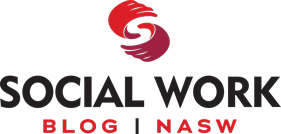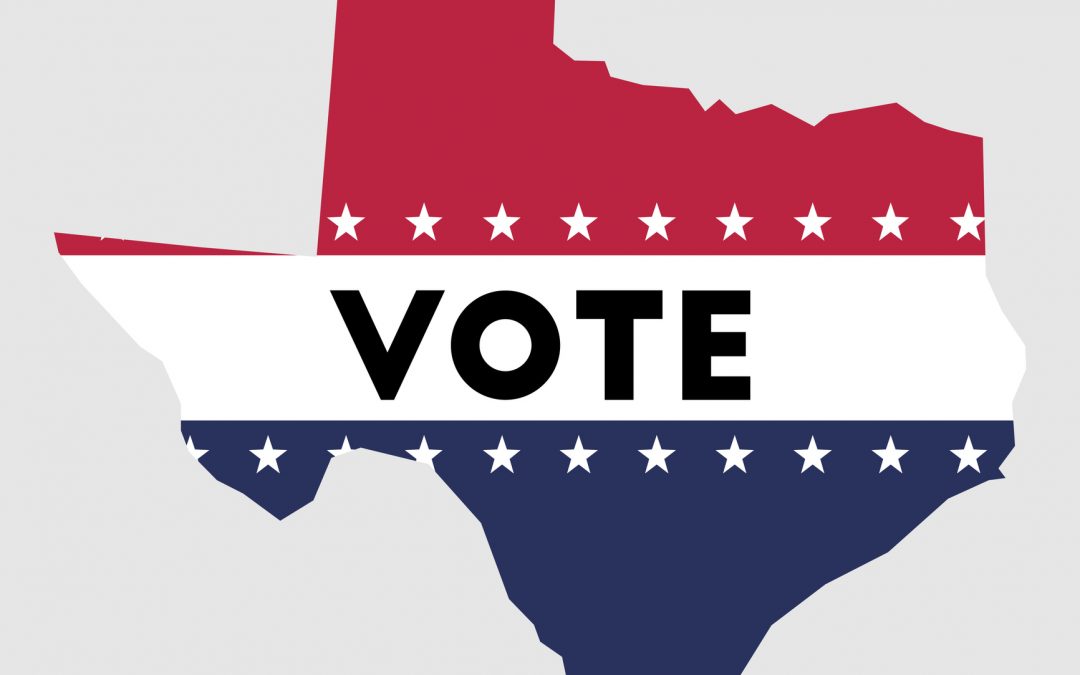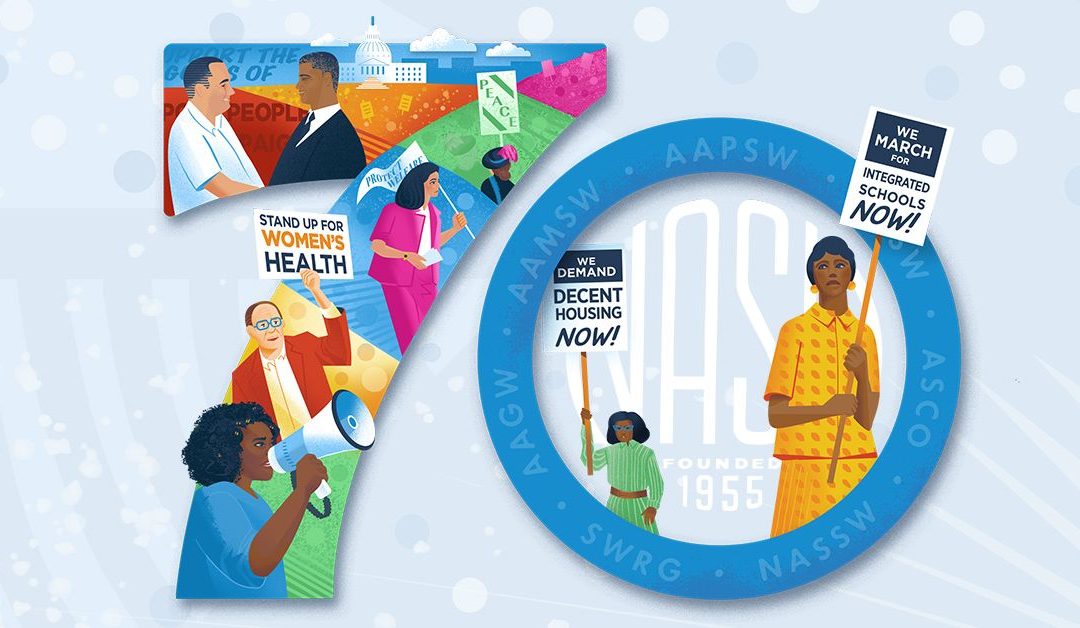By Diana Ling, MA, Senior Program Manager; and Anna Mangum, MSW, MPH, Senior Health Strategist; Health Behavior Research and Training Institute; The University of Texas at Austin School of Social Work
Young women are now binge drinking more than young men, according to a new study in JAMA. Binge drinking for a typical adult is defined as consuming four or more drinks for women (five for men) within two hours. Researchers found that between 2021 and 2023, more women ages 18-25 reported binge drinking in the last month compared to men in their age group, a reversal of higher binge drinking rates among men from 2017–2019. A separate study found that women in their 30s and 40s reported higher rates of binge drinking and alcohol use disorder (AUD) symptoms than their female cohorts did two decades ago.
 These trends have troubling implications for women’s health, including rising rates of alcohol-related cancers and alcohol-related deaths. Women who drink are also at risk for alcohol-exposed pregnancy, a leading preventable cause of birth defects and neurodevelopmental disabilities in the U.S. It’s estimated that between 1 and 5 percent of school children may have fetal alcohol spectrum disorders (FASDs), which encompass a range of lifelong behavioral, cognitive, and physical disabilities. People with FASDs are at very high risk for trouble in school, trouble with the law, problems with alcohol and other substances, and mental health disorders.
These trends have troubling implications for women’s health, including rising rates of alcohol-related cancers and alcohol-related deaths. Women who drink are also at risk for alcohol-exposed pregnancy, a leading preventable cause of birth defects and neurodevelopmental disabilities in the U.S. It’s estimated that between 1 and 5 percent of school children may have fetal alcohol spectrum disorders (FASDs), which encompass a range of lifelong behavioral, cognitive, and physical disabilities. People with FASDs are at very high risk for trouble in school, trouble with the law, problems with alcohol and other substances, and mental health disorders.
There are a variety of reasons driving this concerning trend, including aggressive marketing by the alcoholic beverage industry to normalize drinking by women (e.g., “mommy wine time”), and the growing number of alcoholic beverages targeted at this subgroup, such as sweet and/or low-calorie drinks, which often mask high alcohol content.
In honor of FASD Awareness Month, social workers can help reduce the prevalence of FASDs by conducting alcohol screening, brief intervention, and referral to treatment for all clients—including pregnant women—and clearly communicating the importance of avoiding any alcohol throughout pregnancy. The take-home message for clients is that there is no known safe amount, no safe time, and no safe type of alcohol use during pregnancy. If a pregnant client is currently using alcohol, stopping drinking can still make a difference. The sooner she stops, the better for the baby’s health.
Social workers can also support individuals and families impacted by FASDs by learning more about FASDs, participating in FASD assessment and referrals, and providing FASD-informed services. To strengthen social worker training in these arenas, NASW and NASW Foundation, along with The Health Behavior Research and Training Institute at The University of Texas at Austin School of Social Work, are members of the FASD National Partner Network (NPN), a national, cross-discipline initiative of the Centers for Disease Control and Prevention (CDC). The NPN is the only network of its kind that includes social work at the center of prevention practice, along with colleagues in family medicine, pediatrics, obstetrics-gynecology, nursing, and medical assisting. To learn more about this opportunity and join our NPN network, please visit our Partner interest page.
Additional Resources
Video Series: Lived Experiences with Fetal Alcohol Spectrum Disorders (CDC)
Alcohol and Pregnancy (CDC)
Drink Size Badge Card (Health Behavior Research and Training Institute in partnership with NASW Foundation, ORAU and CDC)
SBIRT Pocket Card (Health Behavior Research and Training Institute in partnership with NASW Foundation, ORAU and CDC)
The Healthcare Professional’s Core Resource on Alcohol (NIAAA, CEs available)
This initiative, Engaging Social Workers in Preventing Alcohol- and Other Substance-Exposed Pregnancies, is supported by the Centers for Disease Control and Prevention of the U.S. Department of Health and Human Services as part of a financial assistance award totaling $913,610 with 100 percent funded by CDC/HHS. The contents are those of the author(s) and do not necessarily represent the official views of, nor an endorsement by, CDC/HHS, or the U.S. Government.




